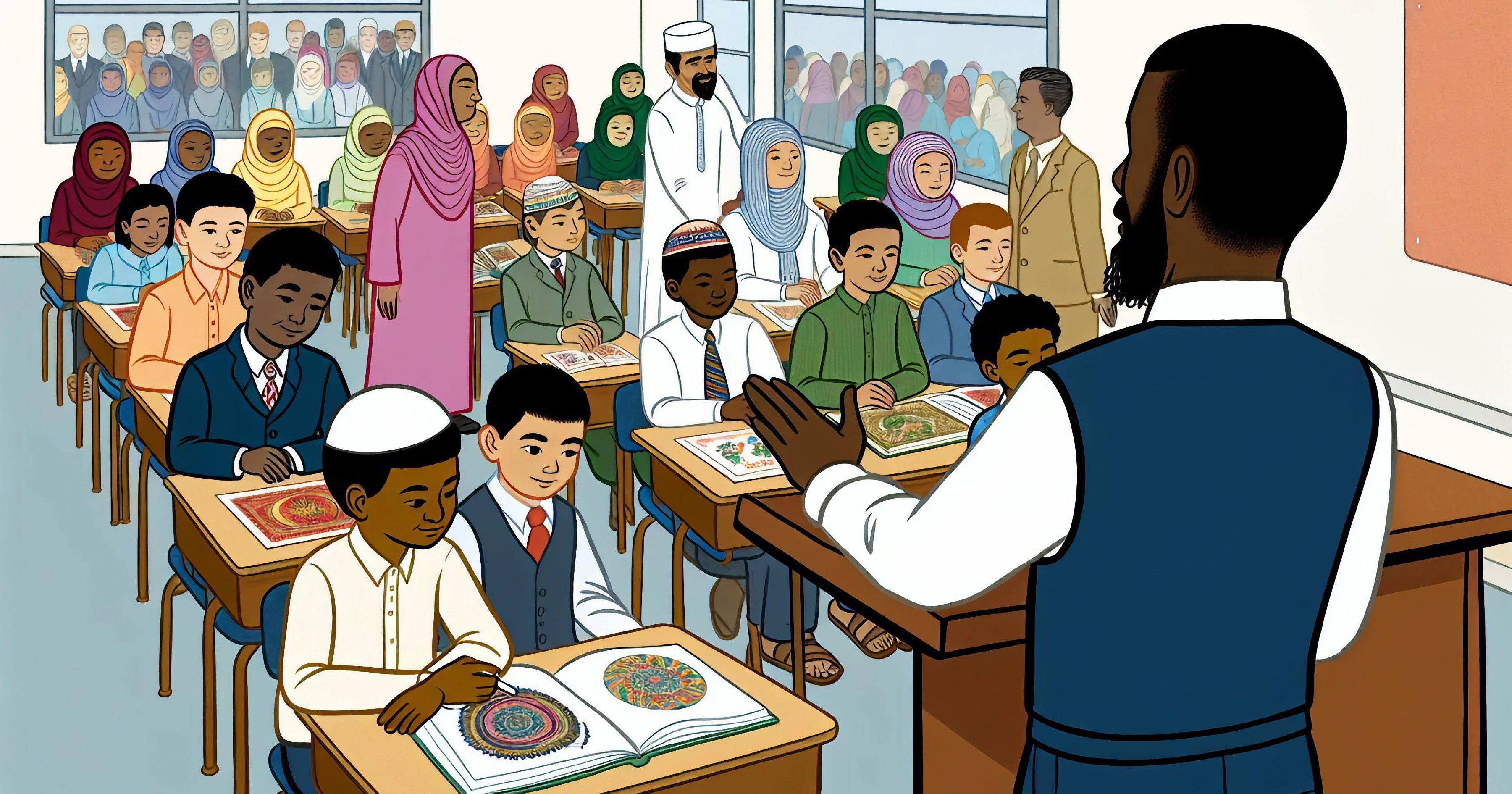
Jul 16, 2024 11:24:48 AM
Recent legislative and judicial developments are significantly altering the role of religion in public schools across the United States.
Recent Supreme Court decisions have also reshaped the discussion on religious freedom in schools.
These developments reflect a broader trend toward integrating religious elements into public education, raising significant questions about religious freedom and the diversity of student beliefs. As these changes unfold, the balance between respecting religious expression and maintaining a secular educational environment remains a contentious issue (Religion News Service) (Education Week) (Northeastern Global News).
Religion has played a complex role in American education throughout history. From the early days of colonization, religious beliefs and practices have influenced the development of schools and educational policies. The Puritans, for example, established schools to teach their religious beliefs and maintain social order.
In the 19th century, the rise of public education led to debates about the place of religion in schools. Protestant Christianity was often the dominant force, with Bible readings and prayers being standard practices. However, these practices did not always include other religious traditions or non-religious individuals.
In the 20th century, Supreme Court decisions such as Engel v. Vitale in 1962 and Abington School District v. Schempp in 1963 limited the extent to which religion could be promoted in public schools. These decisions emphasized the separation of church and state and the need to respect the religious freedoms of all students.
Understanding the historical context of religion in American education is essential to navigate the current debates surrounding its place in public schools.
The current legal standings on religion in public schools are shaped by the First Amendment of the United States Constitution, which protects the right to freedom of religion and prohibits the government from establishing or promoting a particular religion.
While students can engage in voluntary religious activities, such as prayer or religious clubs, on school grounds, schools cannot endorse or promote any specific religious beliefs. This includes activities such as school-led prayers or the teaching of religious doctrines.
However, schools must also be careful not to infringe upon students' rights to express their religious beliefs. Students can pray or express their religious views if it does not disrupt the educational environment or coerce others into participating.
Navigating the legal landscape of religion in public schools requires a delicate balance between respecting students' religious freedoms and upholding the separation of church and state.
Examining case studies can provide insights into the role of religion in public educational settings. One such case is the controversy surrounding the teaching of creationism alongside evolution in science classrooms. Some conservative groups argue for the inclusion of creationism, based on religious beliefs, as an alternative theory to evolution. However, courts have consistently ruled that teaching creationism in public schools violates the Establishment Clause of the First Amendment.
Another case involves displaying religious symbols in public schools, such as the Ten Commandments. Courts have generally held that displaying religious symbols must have a secular purpose and not promote a particular religion. This has led to debates and legal challenges in communities where religious symbols are prominently displayed in public educational settings.
These case studies highlight the ongoing tensions between religious expression and the separation of church and state in public schools.
The challenges of religious expression in schools are multifaceted. Schools must balance students' rights to express their religious beliefs and the need to maintain a diverse and inclusive educational environment. Allowing religious expression can create a sense of belonging for students who adhere to a particular faith but also marginalize students from different religious or non-religious backgrounds.
Religious expression in schools can also lead to conflicts between religious groups or religious and non-religious individuals. Schools must be prepared to handle these conflicts through open dialogue, education on religious diversity, and clear policies that protect the rights of all students.
On the other hand, there are potential benefits to religious expression in schools. It can encourage students to explore their beliefs, foster community and belonging, and promote understanding and tolerance among students of different faiths.
Navigating the challenges and benefits of religious expression in schools requires careful consideration of the rights and well-being of all students.
As society continues to evolve, the issue of religion in education will likely remain a topic of debate. It is important to find ways to respect students' religious freedoms while ensuring that public schools remain inclusive and secular spaces.
One possible approach is to provide education on religious diversity and the principles of different faith traditions. This can help foster understanding and tolerance among students and equip them with the knowledge to navigate a religiously diverse world.
Another perspective is to focus on teaching about religion in an academic, objective, and unbiased manner. This can include studying religions' historical and cultural impact, exploring ethical dimensions, and analyzing religious texts as literature.
Public schools can create an environment that encourages critical thinking, respect for diversity, and the pursuit of knowledge by finding a balance between respecting religious freedoms and upholding the principles of separation of church and state.
Few issues in education spark more tension and debate than standardized testing. Are they a tool for equity or a burden on students? A necessary check on school systems or a flawed measure of...
Charter schools are public schools with a purpose. Operating independently from traditional school districts, they're tuition-free, open to all students, and publicly funded—but with more flexibility...
Despite the benefits of a diverse teaching force, prospective teachers of color fall out of our leaky preparation pipeline at every stage: preparation, hiring, induction, and retention. Here’s what...
Ed Post is the flagship website platform of brightbeam, a 501(c3) network of education activists and influencers demanding a better education and a brighter future for every child.
© 2020-2025 brightbeam. All rights reserved.
Leave a Comment